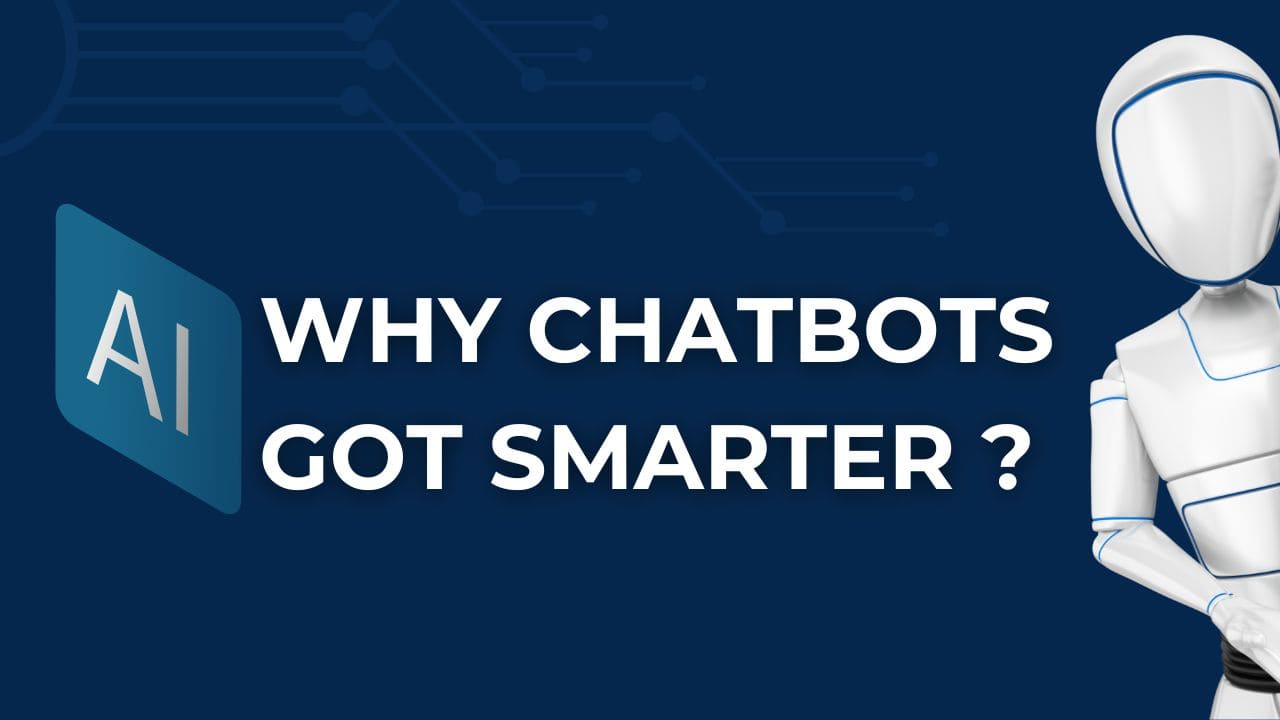In 2022, a lawyer used ChatGPT to prepare a legal brief. Confidently, the AI cited a real-sounding court case…
But the case never existed.
The lawyer got in trouble. The judge was furious. And the world saw: AI doesn’t just guess—it confidently lies.
This is what experts call a “hallucination”—when an AI makes up false information and delivers it like fact.
But if you’ve used chatbots in 2024 or 2025, you’ve probably noticed:
They’re less weird, more helpful, and way less likely to invent fake history.
Why?
Because of a breakthrough training method called Reinforcement Learning from Human Feedback (RLHF)—the secret sauce that taught AI to listen, adapt, and behave like a helpful human, not a chaotic word-predictor.
Let’s explore how RLHF tamed the wild AI chatbot—and why it still isn’t perfect.
What’s an AI “Hallucination”? (And Why It Happens)
An AI hallucination isn’t about trippy visions—it’s when a model generates false but plausible-sounding information with total confidence.
❌ “The Eiffel Tower was completed in 1965.”
❌ “Shakespeare wrote a novel called ‘The Crystal Maze.’”
Sounds believable? Yes. True? No.
Why does this happen?
Large language models (like GPT, LLaMA, or Claude) don’t “know” facts.
They predict the next word based on patterns in billions of web pages, books, and forums.
If the data is wrong, incomplete, or ambiguous… the AI fills the gap—with imagination.
Early chatbots (like GPT-2 in 2019) could write poetry, mimic news articles, or even fake research papers.
But they had no sense of truth—just fluency.
That made them creative… but dangerously unreliable.
Enter RLHF: Teaching AI What “Good” Looks Like
RLHF (Reinforcement Learning from Human Feedback) is how we taught chatbots to care about being helpful, honest, and safe—not just fluent.
It works in three smart steps:
1. Pretraining: The AI Learns Language
The model reads vast amounts of text to understand grammar, style, and general knowledge.
→ It becomes a brilliant mimic… but still a blind one.
2. Supervised Fine-Tuning: Show, Don’t Just Tell
Human trainers write ideal responses to prompts like:
“Explain gravity to a 10-year-old.”
✅ “Gravity is like an invisible string that pulls things toward Earth—so your toys don’t float away!”
The AI learns: This is the kind of answer people like.
3. Reward Modeling + Reinforcement Learning: Learn from Ratings
Now, humans rank multiple AI answers from best to worst.
An AI “reward model” learns what makes an answer clear, kind, and correct.
Then, using an algorithm called PPO, the main AI practices until it maximizes human approval.
🔄 In short:
Try → Get scored → Learn → Try again → Become helpful.
This is the same idea used to train game-playing AIs—but now, the “game” is being a good conversational partner.
How RLHF Made Chatbots “Less Weird”
Before RLHF, chatbots often:
- Rambled off-topic
- Gave offensive or unsafe advice
- Repeated phrases like a broken robot
- Made up facts with total confidence
After RLHF, they became:
- ✅ Helpful — staying on point
- ✅ Polite — avoiding harm or bias
- ✅ Relatable — using empathy and clear language
| “What’s 2 + 2?” | “Numbers reflect the universe’s harmony…” | “2 + 2 equals 4.” |
| “I’m feeling sad.” | “Emotions are chemical illusions.” | “I’m sorry you’re feeling this way. Do you want to talk about it?” |
That’s RLHF in action: not just smarter words—but wiser behavior.
But RLHF Isn’t Magic
Even with RLHF, chatbots still hallucinate. Why?
- RLHF teaches style—not truth
It helps AI sound plausible and kind, but not fact-check.
If the model doesn’t know the answer, it may still confidently guess. - Humans have biases
Raters prefer certain tones, cultures, or viewpoints—which the AI learns. - Over-safety kills creativity
Some models become so cautious they refuse to answer fun or complex questions.
🔍 That’s why RLHF alone isn’t enough in 2025.
Today’s smartest systems combine RLHF with other tools:
- RAG (Retrieval-Augmented Generation) → lets AI look up real facts before answering
- AI feedback (RLAIF) → scales human-like judgment without thousands of raters
Now, your chatbot doesn’t just sound trustworthy—it can ground answers in real data.
Why RLHF Changed Everything
Before RLHF, AI was a brilliant but reckless poet.
After RLHF, it became a thoughtful student—one that listens, learns, and tries to help.
It didn’t make AI perfect…
But it made AI usable in schools, hospitals, customer service, and your daily life.
🌍 RLHF proved a powerful truth: AI gets better not by scaling alone—but by staying connected to human values.
Quick Summary
- Hallucination = AI making up false info with confidence
- RLHF = Training AI using human feedback to be helpful, safe, and clear
- Result = Chatbots that sound human, not just fluent
- But = RLHF doesn’t fix facts → that’s where RAG and other tools come in
- Today = The best AI uses RLHF + RAG + smart design to be both kind and correct
Final Thought
Your chatbot didn’t stop making things up because it got “smarter.”
It stopped because we taught it to care what you think.
And in a world of powerful AI, that human connection is everything.
✨ P.S. Wondering how your favorite AI (ChatGPT, Gemini, Claude) uses RLHF + RAG together? That’s a story for another post—but now you know the foundation!

